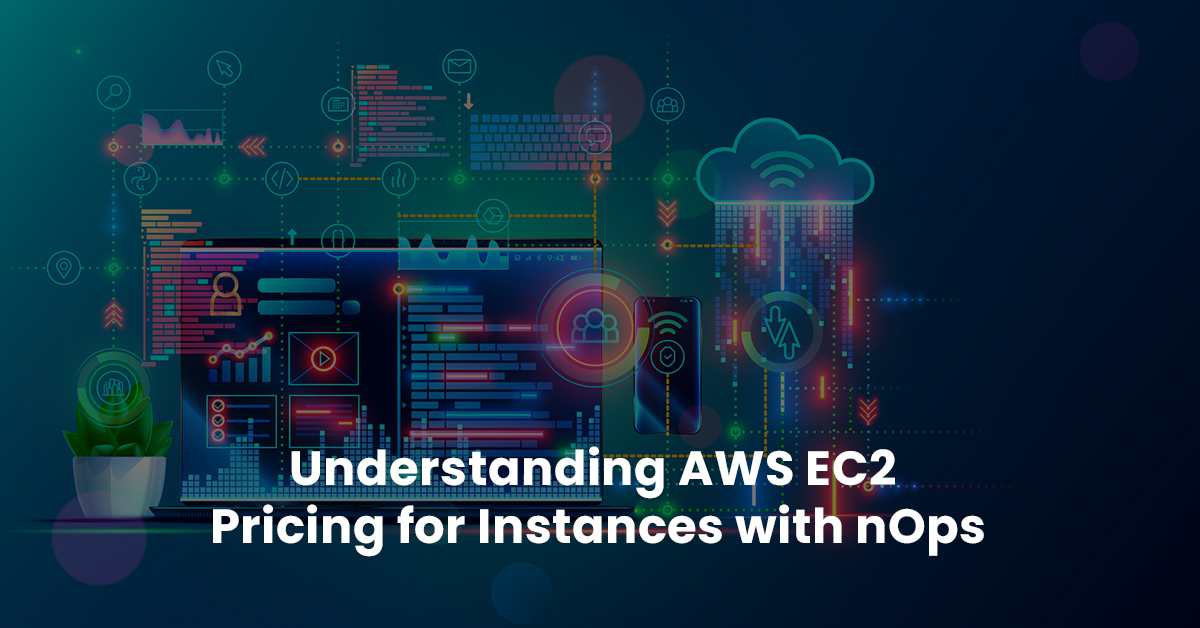Regardless of your pricing option, AWS guarantees a secure and customizable virtual machine for its Elastic Compute Cloud.
Here’s why you should use AWS EC2:
Advantages of EC2 Instances
- EC2 Instances are secure because they have strict security controls.
- It’s easy to scale once you complete your given compute capacity. Users can easily allocate more RAM and other resources.
- Automatic backups ensure it’s easy to recover data when an operation fails.
- You have greater visibility on your cloud resources.
- There are several EC2 pricing options, which suit various budgets.
AWS EC2 Instances Pricing Models
Pricing models offer flexibility on how you pay for AWS cloud infrastructure.
Here are the various AWS EC2 pricing models:
EC2 Free Tier
With this EC2 pricing option, AWS lets you use its cloud resources for 12 months at no cost. However, AWS assigns limited compute capacity. Users can enjoy up to 750 hours on the AWS cloud, but they shouldn’t exceed their assigned bandwidth.
Apart from the one-year free trial, you usually receive a short-term free trial once you’ve committed to a paid plan.
You’ll also get 5GB of AWS S3 storage and 750 hours of Amazon RDS database management service. It’s important to note that AWS may change these offers depending on the buying season.
EC2 On-Demand
The On-Demand pricing model varies according to the demand for cloud compute capacity. Since there are no long-term commitments, users don’t have to estimate the resources they need. AWS has a calculator that lets you know the exact allocation of resources.
To use this pricing option, you have to understand a few factors that guide the allocation of EC2 resources.
- The locations of the servers in the AWS regions. These regions include Asia, Europe, the United States, and Canada. On-Demand prices vary with location.
- The specifications of the operating system, primarily Linux or Windows.
Once you have your specifications, you can pay for EC2 resources on an hourly or per-second basis.
Spot Instances
This EC2 pricing model lets you leverage other people’s unused capacity. In the cloud, it’s possible to overestimate the resources you’ll need. As a result, AWS has lots of unused EC2 capacity. To help maximize cloud resources, users can access this compute capacity at much lower prices. Spot Instance prices are highly volatile, helping users to get up to 90 percent off. Because of this volatility, Spot Instances are subject to interruptions. That’s why AWS recommends them for short-term and light workloads.
Use Spot Instances for testing and development environments. You shouldn’t use Spot Instances for scalable processes.
Reserved Instances (RIs)
The Reserved Instance pricing model is much cheaper than On-Demand pricing. AWS offers up to a 70 percent discount for this pricing option. However, users have to make long-term commitments. And the longer the commitment, the lower the price.
If you can accurately estimate the resources you’ll need over a certain period, choose the Reserved Instance pricing model. Users can also reserve compute capacity for future use. It’s the ideal option if you need steady availability.
Each EC2 has equal capacity to run major processes whether you’re using On-Demand or Reserved Instances.
Dedicated Hosts
Dedicated Hosts vary from other pricing options because users have more control over their virtual servers. This pricing model is slightly pricey, but it has other advantages, such as reusing software licenses.
AWS has both On-Demand and reservation pricing to help you access Dedicated Hosts. Prices for Dedicated Hosts vary by instance family and the duration of the commitment.
Dedicated options are ideal for businesses in highly regulated industries. For example, businesses serving the Department of Defense need more secure infrastructures.
Savings Plans
AWS Savings Plans is a flexible payment option. With Savings Plans, users commit to use specified compute power for a fixed period, either one or three years. They offer low prices compared with On-Demand pricing in exchange for user commitment.
Leverage nOps to Optimize Your AWS EC2 Pricing
There are no good and bad pricing options. Each one gives you access to the secure AWS cloud. But if you’re not careful, monthly billing costs may escalate.
Cloud costs can get out of control very quickly. That’s why we introduced the nOps Pricing Calculator to help you compare various plans before making a long-term commitment.
Other features include:
- The ability to estimate the ROI of your cost-control activities.
- An allowance for a margin for error, from best-case scenarios to worst-case scenarios.
- Quantifying your potential savings in time and giving you more productive hours.
- Quantifying your potential savings in money and adding more profit.
The nOps ROI and Pricing Calculator can free you from the complex processes of trying to estimate what you’ll need. Instead, it examines your current business use factors, such as:
- Your organization’s current cloud expenditure.
- The hourly rate paid per instance.
- The number of cloud engineers.
All AWS users can try the nOps ROI and Pricing Calculator for free. There is no requirement to sign up.



